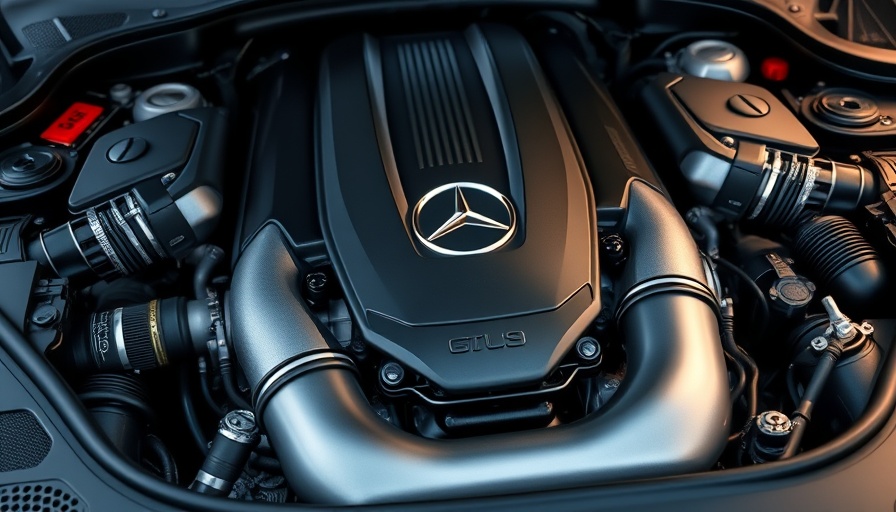
The Legacy of Mercedes V12 Engines
Mercedes-Benz stands out in the automotive world as one of the few manufacturers still committed to producing V12 engines, alongside elite brands like Rolls Royce. The current Maybach S 680 is a hallmark of luxury, showcasing not just impressive performance but also a storied history that highlights the evolution of Mercedes' engineering prowess.
Tracing Back to the M120
The journey of the modern Mercedes V12 began in 1991 with the introduction of the M120 engine. Designed to compete with BMW's M70 V12, the M120 made a dramatic entrance, offering superior power with its 6-liter displacement that delivered an impressive 408 PS. Featuring innovative technologies for its era, such as four valves per cylinder and sequential fuel injection, the M120 set a high standard for performance. However, it faced its end in 1999 due to increasing emissions regulations, but not before making its mark on iconic models like the S-Class and SL.
The Shift to Compact Power with the M137
In 1998, understanding the need for a lighter powertrain, Mercedes unveiled the M137. With a reduced weight and more compact size, this 5.8-liter V12 was designed to enhance efficiency without sacrificing the luxury performance that Mercedes vehicles are known for. Although it produced less power, the M137’s design innovations, including a cylinder deactivation system, marked a significant step in the V12 engine's evolution, showing Mercedes’ willingness to adapt to changing demands and regulations.
Modernization with the M279
The latest M279 engine demonstrates how far Mercedes has come. Offering advanced features and efficiency improvements while retaining the powerful characteristics of the V12 lineage, the M279 engine is a testament to Mercedes’ commitment to luxury and performance. The S 680 continues to prove that classic engineering can coexist with modern technology.
For car enthusiasts, the classic V12's refinement can make driving an extraordinary experience. With its longevity and heritage, the V12 provides not just transportation but a connection to automotive history, where each rev carries echoes of engineering excellence.
Interested in exploring the latest in luxury automotive technology? Stay updated for more insights that keep you informed about the industry's best!
 Add Row
Add Row  Add
Add 




Write A Comment